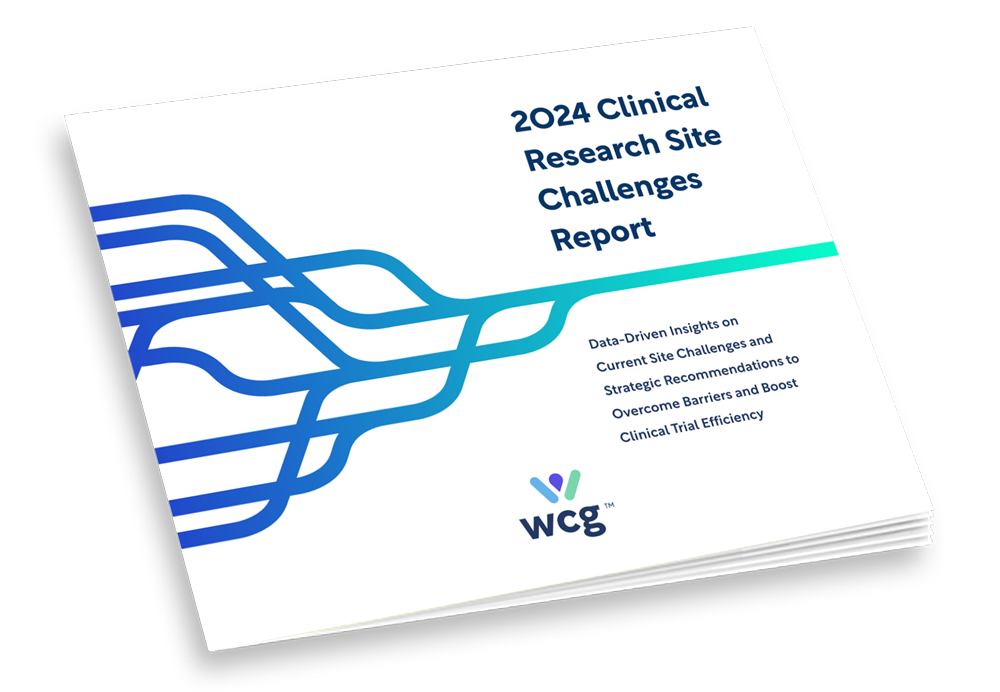Insights
Explore actionable insights on the clinical research industry from WCG experts and our data intelligence platform.
Explore Insights by topic:
Clinical Trial Operations
Diversity & Inclusion
Clinical Endpoints
Regulatory Compliance
Participant Recruitment
Site Efficiency
Webinar Series
The Future of Clinical Research Sites
Latest Insights

Biosafety
Eyewash Stations & Gene Transfer Studies: NIH Guidelines Explained
Blog Posts
Biosafety
How Long Should Eyes Be Flushed After Exposure?
Blog Posts
Artificial Intelligence and Machine Learning in Clinical Trials
FDA Guidance on AI-Enabled Devices: Transparency, Bias, & Lifecycle Oversight
Blog Posts
Biosafety
Best Practices for Protecting Non-Participants in Human Gene Transfer Clinical Trials
Blog Posts
Ethics in Clinical Research
Regulatory Evaluations of Companion Diagnostic Medical Devices in Clinical Trials: Experiences of an Independent IRB
Blog Posts
Regulatory Compliance
ICH E6(R3) Readiness Assessment
Blog Posts
Pioneering Ethical Oversight in AI-Enabled Clinical Research: Insights on the New Framework
Blog Posts
Series: WCG Talks Trials
Future-Ready Research: Optimizing Sites for Continued Success
Podcasts
Series: WCG Talks Trials
Harnessing Generative AI in Clinical Research
Podcasts






